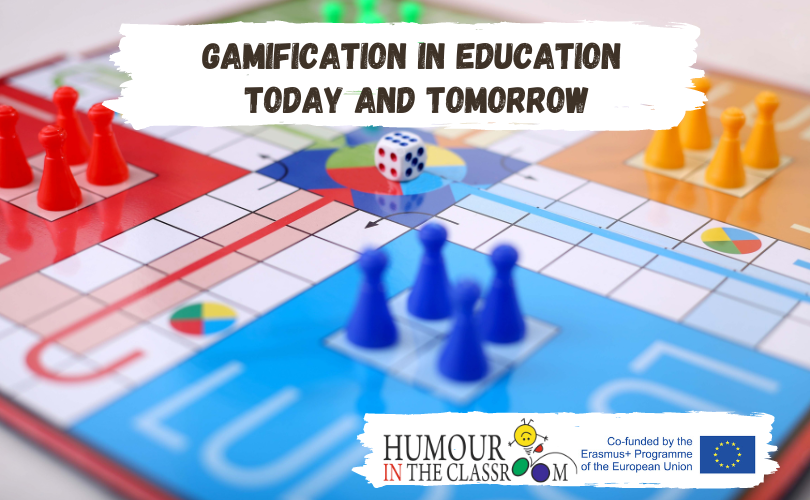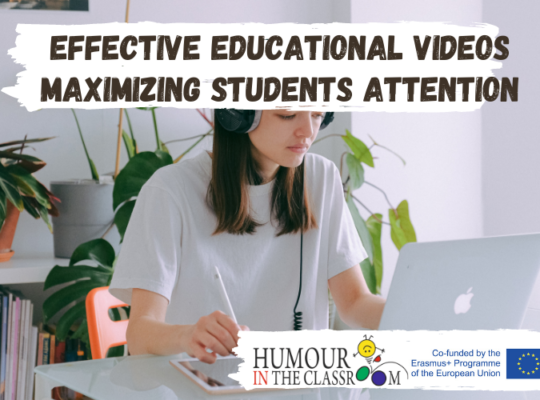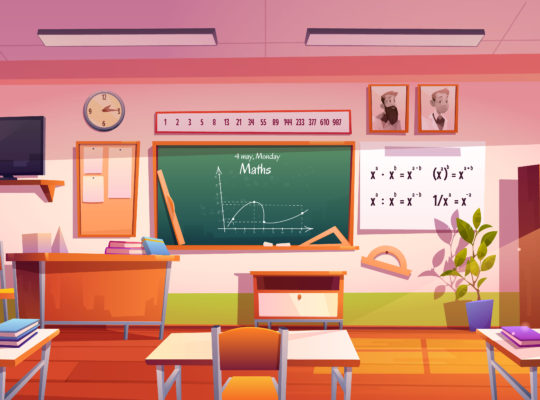Nowadays, “gamification” has started to be used frequently in the business world within the marketing, management, health and ecology initiatives. This spreading feature of gamification, arises from its suitable potentials in shaping users behaviour in the right directions. In this context “Foursquare” may be mentioned for shopping, lunch, hotel, and touristic environment searches, “Nike+” for meeting the sports activity needs/search as successful commitment program examples. “Stackoverflow” (Stack Exchange, n.d.) on the other hand is another application that makes use of getting credits (votes) for giving correct answers to questions.
If we take a look to successful gamification applications in the education sector (for primary and secondary school levels), ClassDOJO stands as a good example. It instantly draws attention of the students to its cartoon characters. The software can easily be used by teachers for recognizing student behaviour and rewarding purposes. Avatar‘s are used to demonstrate students when creating a recorded virtual class. Each avatar can be easily tracked for “active listening” and “participating”. ClassDOJO also helps teachers, students and their families to have the latest info regarding to the latest state of the educational levels achieved via “reports”, “instant-broadcasts” and “both-ways messaging system” provided. By this way, students development can be easily and better tracked. (https://www.classdojo.com).
Quizizz on the other hand, is becoming one of classics of gamification in education. Teachers using Quizizz in their classes, can transfer many starting and repetition tasks into entertaining and largely participated activities. This software enables the teacher to use any browser, prepare his/her own tests and opportunities to examine tests prepared by other teachers. All resources are password free and needs no username to access. In order to participate in a gamified activity, all is needed is a “code” which is announced by the teacher to the students, to get connected to the Quizizz website. When the test is over, a report is sent to the teacher which includes detailed information about the students answers that can be downloaded and saved. Quizizz also has some characteristics that most free gamification supported educational software does not have. For example, since Quizizz is not a teacher oriented application; each student can work with his/her own speed, take individual initiative and make choices. The “teacher panel”, provides excellent real-time data about students as well as simplifying the learning activity planning individually according to each students special needs (https://quizizz.com/).
Another gamification application which is getting popular between teachers and students is Kahoot!. The 2015 figures are indicating that Kahoot users are exceeding the number of 30 million now (Brand, 2015). Kahoot can be used with any browser and teachers can easily transfer their class activities into games or gamified tests/contests. The use of the “contol-panel” is easy and provides excellent feedback to teachers during and at the end of the games. A point which puts Kahoot to a much superior place then Quizizz is its flexibility of test period adjustments. Yet, if needed, additional opportunities are given to students who wants to continue their game by being able to play in the “ghost mode” and surpass their old grades at home (https://getkahoot.com).
For providing additional exclusive learning experience to students, Knowre sets a good example for mathematics education especially in USA. The advance technologies used by Knowre, helps identifying the gaps in the “learning-difficulty areas” of students; which is then tried to be addressed via the produced programs interactive support. While doing this, Knowre provides an attractive, entertaining and dynamic learning environment for students. With the support of partner schools, private educational organisations and companies, Knowre tries to give full support to students. In its progressive awarding system, Knowre makes use of prize coins, stars, appealing graphics, presentations and certifications (http://knowre.com/).
Setting a good gamification software example for level K-12 and above, we see the Socrative. With its handy User‘s Manual (http://www.socrative.com/materials/SocrativeUserGuide.pdf), it provides beneficial service for teachers and students. Using the gamification items in various functions intelligently, Socrative provides useful opportunities for teachers such as:
a) Preparing tests creation opportunities (including many question types) for various disciplines
b) Modifying previously made tests (quizzes).
c) Being able to manage, import and export these tests.
d) Being able to track the tests online
e) Being able to evaluate the test results and receive reports for it
The students are also able to enter to the “student‘s section” of the website with their computers, laptops or mobile phones whenever they want. They can join to the tests/games, receive results for their performance and with the aid of the system and teacher evaluations/suggestions regarding to their improvements; can move to different level and categories on the system. Using the Blog and Help Menu Options, the teachers and student are also able to reach to the references, resources and previously made dialogs on the website and ask new questions (http://www.socrative.com/).
With an international vision, we see Duolingo coming forward among gamification supported language-learning platforms. The website is very popular, free to use and it even provides an evaluation exam for language competency level at the end. All language learning courses provided are free at Duolingo. According to the records, since 2016, Duolingo is providing language courses for 23 different languages. The application can be used with iOS, Android or Windows operating system platforms easily. The number of registered users of the software passed the 120 million figure back in 2016 (https://www.duolingo.com/).
Finally, we have to mention Ribbon Hero for using gamification in more official oriented platforms. Although Ribbon Hero is produced by Microsoft‘s in their laboratories, free of charge and looks like a game; its main aim is to help teach a better use of the Word, Access, Excel and Power Point programs within the Microsoft Office 2007, 2010 and later versions pack much easily and in a gamified environment. In order to achieve a complete competency in using the “menu ribbon” of MS Office, a help wizard which has a ―clips figured cartoon animation‖ is used. When first used; the typing text speed, page design and layout styles, adding figure and picture competencies are tested and related points are collected by the games of the software. Each game, is aimed to achieve and test a different competency characteristic for using the MS Office Program software. For that purpose, a sample document is presented to the user and it is expected to be corrected accordingly. The gamified software checks and tests to see if these re-arrangements are done properly and timely. The games can be played in any order according to the users needs (https://en.wikipedia.org/wiki/Ribbon_Hero).
Using gamification in education is rather new, but its popularity, supporting views to try it and additional benefits, new application areas it may add to the existing methodology keeps increasing year after year. Educational websites started to gain ground on this basis as well. Successful educational online websites such as khanacademy, also makes use of gamification and game elements in order to motivate its users and help them to participate more. Users successfully finishing more courses and lessons on this website, gains more badges and receive citations which motivates them for higher success. Similarly, websites such as eBay (Chou, 2014) and Fitocracy (Crook, 2013), are able to maintain the racing spirit of their users and strengthen the loyalty/connections between them by using elements of gamification. A comprehensive research was implemented by a group of researcher, aiming to analyse the spreading nature of gamification applications in educational and instructional areas (Caponetto, Earp and Ott, 2015). The research covered 120 articles –all related with gamification- published between the years of 2011 and 2014. The study was related to the implemented gamification applications for a number of cases, focusing on criterias such as: “target populations”, “study types (theoretical/experimental)”, “transferred/obtained educational contents”, “measuring instruments used”. The results showed that, for a wide scale of age groups (from 5 year olds to adults) and various educational levels (starting from primary schools to university level), the use of gamification methods in learning for students is increasing (as in numbers and in the variety of application discipline categories) throughout the years. The research also indicates that, the “gamification” concept is getting better understood by educators and implementers within the last years.






